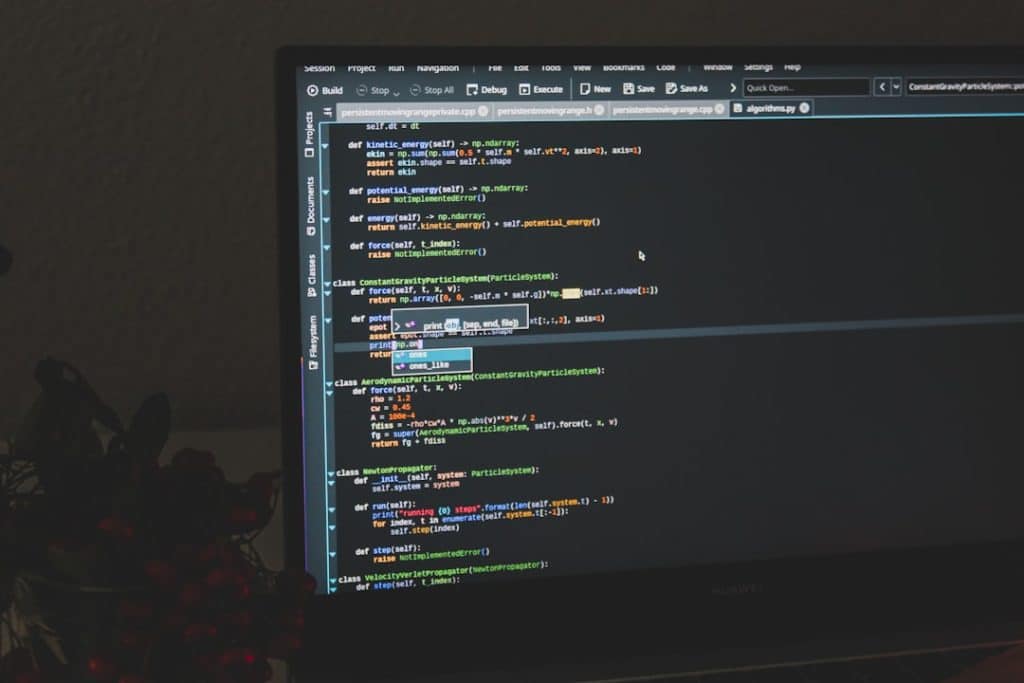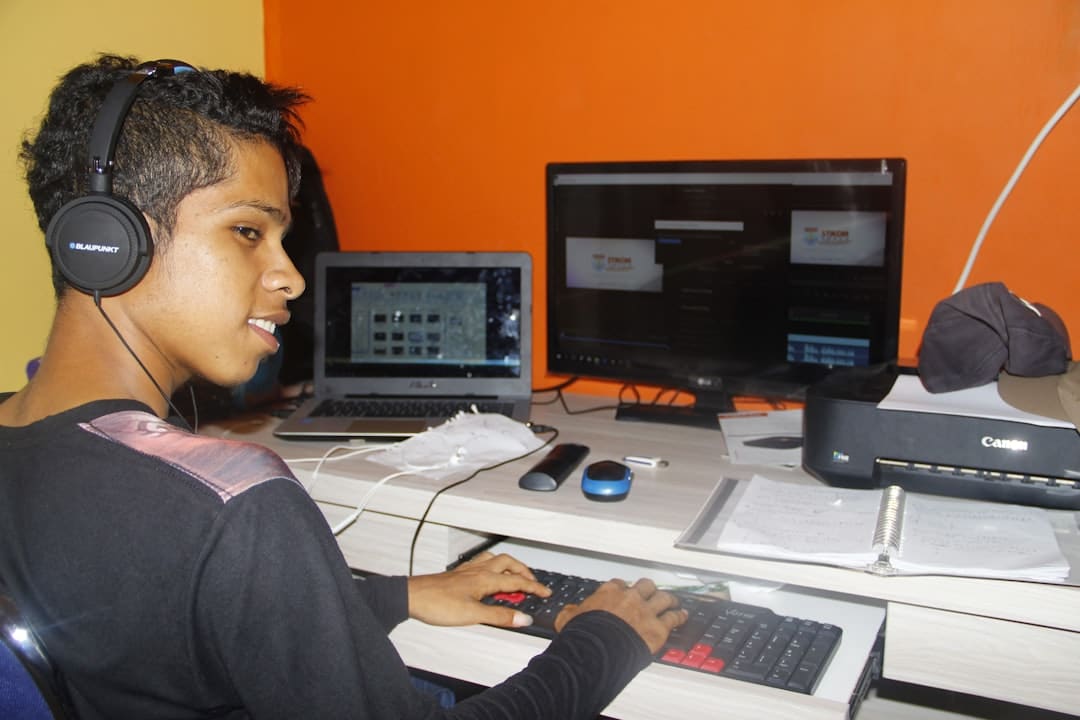Tools That Every Student Developer Needs Beginning Your Journey as a Student Developer

Beginning your journey as a student developer is both exciting and intimidating. With the rapid growth of technology, diving into software development offers a fulfilling path filled with innovation, creativity, and opportunities. However, setting yourself up for success requires more than just motivation—it requires the right set of tools and a mindset geared toward continuous learning. This article outlines the essential tools and environments every student developer should be familiar with to confidently start writing code, building projects, and expanding their skillset.
1. Code Editors and IDEs
A solid coding environment is the foundation of any developer’s workflow. Choosing the right code editor or Integrated Development Environment (IDE) is critical for efficient development.
- Visual Studio Code (VS Code) – Widely regarded for its speed, customizability, and library of extensions, VS Code is perfect for beginners and experts alike.
- IntelliJ IDEA – Ideal for Java development. It provides smart code completion, error detection, and powerful refactoring tools.
- PyCharm – If you’re starting with Python, PyCharm is a very useful IDE with excellent debugging and testing tools.
For versatility and long-term usability, starting with VS Code is often the most recommended choice.

2. Version Control Systems
Understanding version control is essential for teamwork, project management, and tracking code changes over time. Git is the most widely used version control system, and it’s essential for modern development.
- Git – Learning Git might seem daunting at first, but it’s an indispensable tool for managing code history, rolling back to previous states, and collaborating with others.
- GitHub – Hosting your repositories on GitHub allows for showcasing your work, collaborating with peers, and even participating in open-source projects.
Every student developer should create a GitHub account early on and begin uploading their projects. Interviewers and recruiters often look at GitHub profiles as part of evaluating candidates.
3. Terminal and Command Line Tools
Understanding the command line is a powerful skill. It enables you to perform tasks quickly, remotely access systems, manage servers, and more.
- Command Prompt / Terminal / PowerShell – Learn basic commands for file management, process control, and script execution.
- Bash / Zsh with Oh My Zsh – These are popular Linux/macOS shells that significantly enhance productivity with aliases, themes, and plugins.
Practicing CLI tools helps break barriers when working with cloud platforms, hosting services, or Linux servers further down your development path.
4. Online Learning Platforms
Mastering new languages, frameworks, and concepts is part of the developer’s lifelong journey. The internet offers abundant resources tailored to students.
- freeCodeCamp – An excellent platform for gaining practical coding skills with hands-on projects and certifications.
- Codecademy – Offers interactive lessons in JavaScript, Python, HTML, CSS, and more.
- LeetCode and HackerRank – Ideal for practicing algorithms and preparing for coding interviews.
Establish a schedule to consistently engage with these platforms and track your development progress over time.

5. Task Management and Note-Taking
Organizing your projects, deadlines, and learning goals is just as important as writing efficient code.
- Notion – A flexible note-taking and project management tool favored by students for its ease of use and customization.
- Trello – Great for visual task planning using boards, lists, and cards to track development cycles and feature planning.
- Jira – Used in professional environments. Getting familiar with Jira can offer a better understanding of agile methodologies.
Good organization improves productivity and reduces the cognitive load of managing multiple assignments and projects simultaneously.
6. Cloud Development Tools
Cloud platforms open up a world of possibilities for building and deploying real-world applications. Gaining experience with cloud environments helps students bridge the gap between academic learning and real-world software engineering.
- GitHub Codespaces – A cloud-based development environment that runs directly in your browser using GitHub repositories.
- Replit – Allows you to build and deploy apps quickly without local setup.
- Google Cloud / AWS Educate / Microsoft Azure for Students – These platforms offer free credits and tools tailored to students, providing a rich environment for experimentation.

Conclusion
Beginning your journey as a student developer can feel overwhelming, but equipping yourself with the right tools creates a smoother path. By integrating powerful editors, mastering version control, leveraging online platforms, and staying organized, you set a strong foundation for long-term success in the software industry. Remember, tools are just the beginning—what truly matters is the consistency and passion with which you approach your learning.
